Protecting the Plover
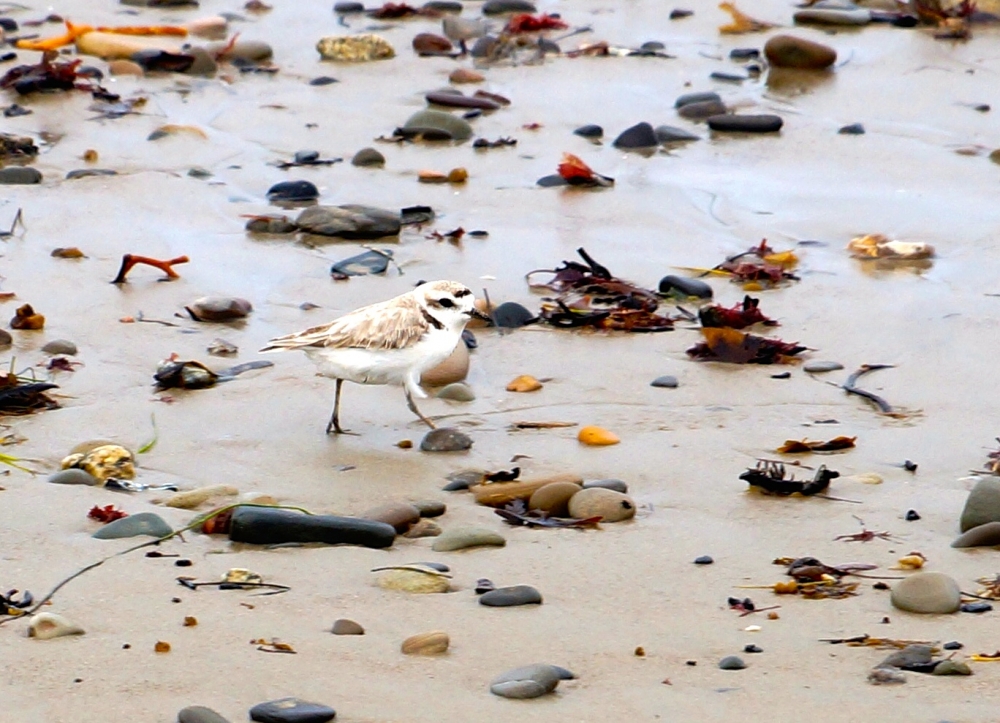
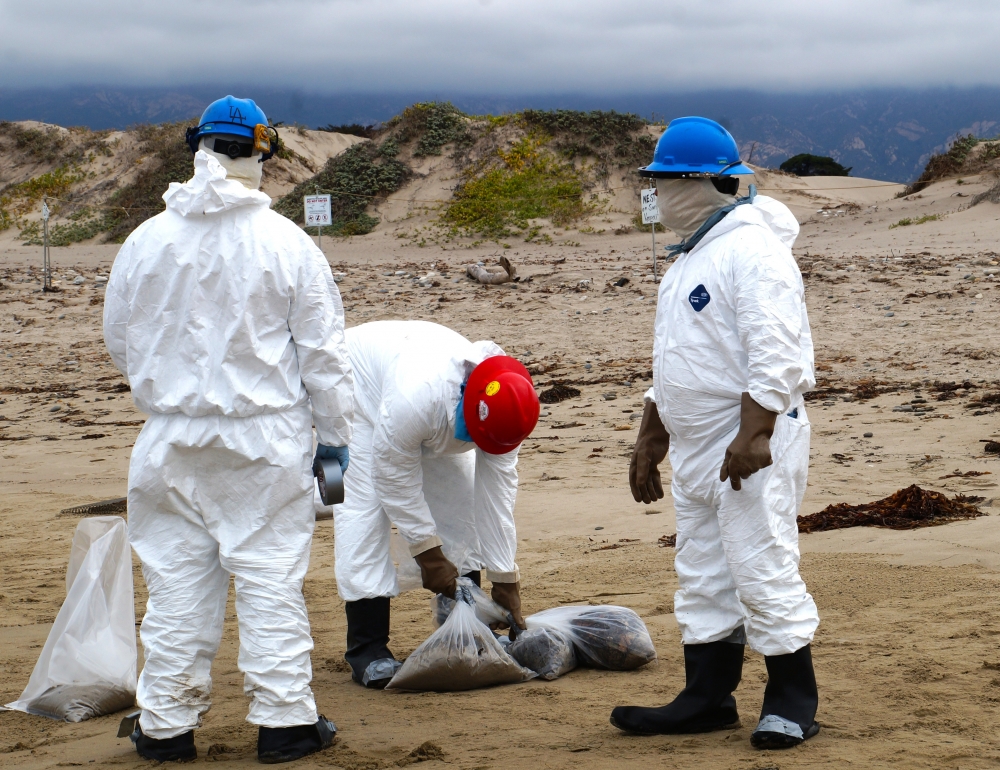
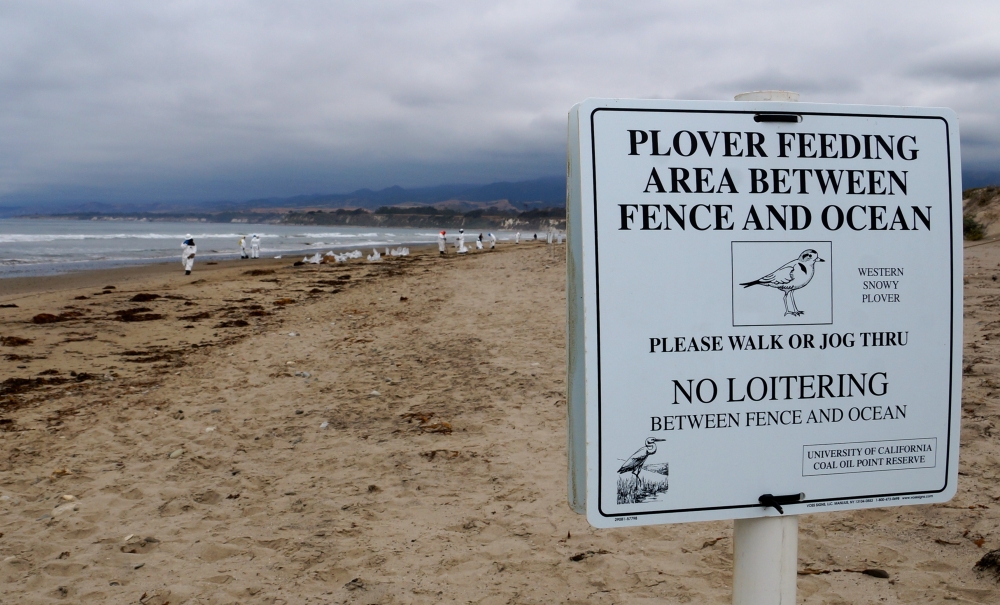
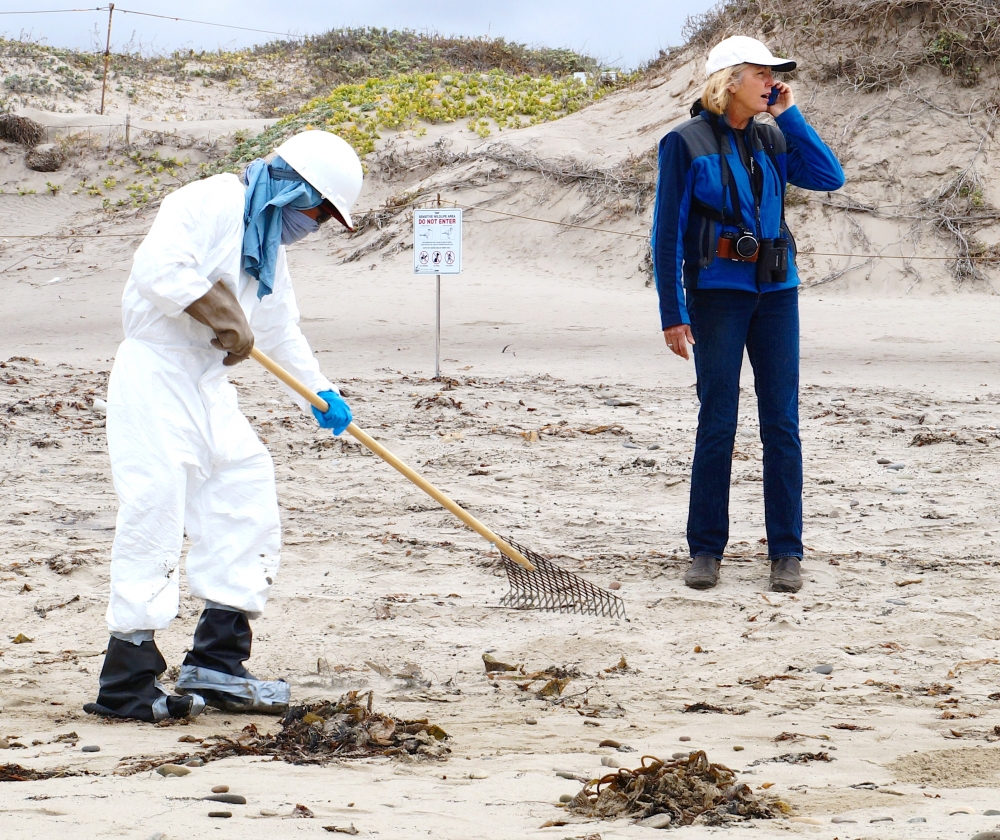
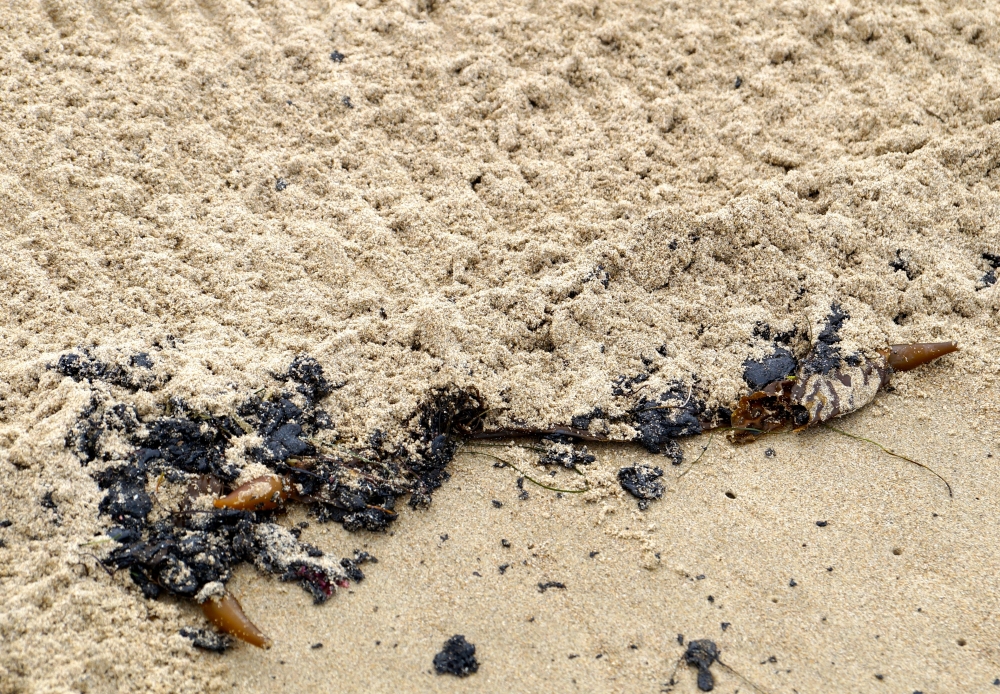
The western snowy plover is a portly sort of bird, its barrel chest leaving its spindly legs in permanent shadow as it scampers breakneck across the sand in search of tasty bugs. There’s a regal intrigue to this stout, busy ornithoid — the person at the party you’d love to meet, if only you could catch up.
As for proper, official identifying characteristics of the plover, they go like this: A thin, dark bill; pale brown to gray upper parts; white or buff-colored belly; darker patches on the shoulder and head; white forehead and supercilium, or eyebrow line.
Lately though, in Santa Barbara County, there is concern about the emergence of oil as a new feature being found on the local shorebirds.
In the days since the recent spill near Refugio State Beach, some of the plovers populating UC Santa Barbara’s Coal Oil Point Reserve have been seen with oil on various parts of their bodies. University staff and scientists are working nearly nonstop to mitigate potential impacts to the Pacific Coast species designated in 1993 as threatened, in accordance with the federal Endangered Species Act.
“Our favorite resident bird, the western snowy plover, is nesting right now,” said reserve director Cristina Sandoval. “They nest around high tide, just a few feet above where oil has been deposited. We need to remove that oil because the plovers are getting tar on their wings and hair. Almost all of them have little black boots because their feet are black from oil. They’re getting oil in their beaks because they go peck to try to get the beach hoppers around the kelp and the kelp is tarred. We need to balance the cleaning up with not impacting the plovers too much while they nest.”
Extending several yards down the beach at Coal Oil Point is some light fencing, posts and rope meant to be a barrier between the upper beach, where the plovers are nesting, and the shoreline down below. An array of signage does the heavy lifting by warning beachgoers away: “Nests in Sand, Keep Out” and “Sensitive Wildlife Area, Do Not Enter.”
All these things — as well as the reserve docents in regular daylight rotation, posted on the sand to reiterate the signs’ directives and to answer all manner of inquiries — are standard operating procedure at Coal Oil Point, where protecting the plovers and educating the public are among the year-round priorities. Those efforts naturally ramp up during the birds’ nesting season, which runs mid-March to mid-September.
The introduction of oil during this crucial time for the species has taken protection of the reserve — one of six that UCSB administers within the larger, 37-site UC Natural Reserve System — to a new level.
“As soon as we heard the spill had occurred, we realized the wind and currents could bring oil to Coal Oil Point, so we’ve been working since day one to make sure we protect this reserve,” said Jim Caesar, the campus’s emergency manager. “We have been working with the unified command — the U.S. Coast Guard, the state, the responsible party and Santa Barbara County — to coordinate our response and bring resources to the beach to protect the plover. The cleaning crews are working under the supervision of our reserve personnel and making sure anything we’re doing is not interfering with the habitat of the snowy plover.”
UCSB’s broader efforts around the spill, according to Caesar, include activation of its sizable Community Emergency Response Team (CERT), a program that trains individuals and community groups to perform a variety of emergency functions that may be needed after a disaster. Several students are on the UCSB CERT roster, Caesar said, and a small contingent, trained in proper cleanup technique and safety protocols, has been volunteering this week at Goleta Beach.
Back at Coal Oil Point, Sandoval is supervising professional cleanup crews and assorted agencies involved in the spill response, in an effort to minimize disturbance of the plovers and their nests.
From early morning through late afternoon, Sandoval said, she and a team of biologists are monitoring the birds and their nests as cleanup continues, moving workers away from plovers that are incubating their eggs and ensuring that clean kelp doesn’t get bagged up with the tarred. (The birds find much of their food, such as sand fleas and flies, in and around the kelp that washes ashore.)
In addition to serving in this advisory role, Sandoval and colleagues are counting other shorebirds on site and keeping watch for the migratory — and endangered — California least tern, which is due to arrive at the reserve any day. They are also monitoring, as a precaution, the animals that live on the adjacent dunes, including some rare beetles and spiders.
“The entire beach habitat is a very sensitive place,” Sandoval said. “When you think about the kind of habitat that beach is, there’s a really thin line between the aquatic habitat that is the ocean and the land. We don’t have that much beach to begin with and on top of that, most beaches have been degraded to the point that almost nothing is living in there. A place like Coal Oil Point, where the beach is still as pristine as it gets, with all the native species of plants and animals, is hard to find. So the impact of an oil spill is not just on the plovers, but on the entire beach ecosystem.
“The UC Natural Reserve System protects natural areas for research and education,” Sandoval continued. “Protecting is not simply putting a fence around — it requires a lot of stewardship. What we’re doing today is stewardship. Reserves like this, in an urban area, we receive impacts from everywhere — predators like skunks and raccoons that come from neighboring areas, pollution from downstream, and now an oil spill. Our job here is to try to keep the reserve as pristine as possible, to do everything we can to protect this beautiful place.”



